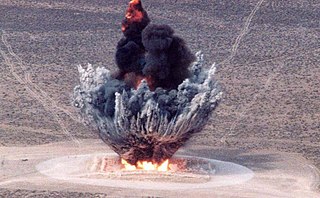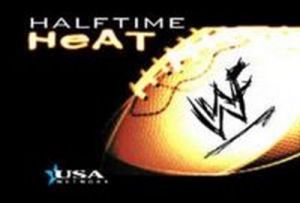
In physics, energy is the quantitative property that must be transferred to an object in order to perform work on, or to heat, the object. Energy is a conserved quantity; the law of conservation of energy states that energy can be converted in form, but not created or destroyed. The SI unit of energy is the joule, which is the energy transferred to an object by the work of moving it a distance of 1 metre against a force of 1 newton.

The Scoville scale is a measurement of the pungency of chili peppers and other spicy foods, as recorded in Scoville Heat Units (SHU) based on the concentration of capsaicinoids, among which capsaicin is the predominant component. The scale is named after its creator, American pharmacist Wilbur Scoville, whose 1912 method is known as the Scoville organoleptic test. In the 21st century, high-performance liquid chromatography (HPLC) is used to quantify the capsaicinoid content as an indicator of pungency. The most expedient method for estimating SHU is a subjective assessment derived from the capsaicinoid sensitivity by people experienced with eating hot chilis.

Convection is the heat transfer due to the bulk movement of molecules within fluids such as gases and liquids, including molten rock (rheid). Convection includes sub-mechanisms of advection, and diffusion.

Heat transfer is a discipline of thermal engineering that concerns the generation, use, conversion, and exchange of thermal energy (heat) between physical systems. Heat transfer is classified into various mechanisms, such as thermal conduction, thermal convection, thermal radiation, and transfer of energy by phase changes. Engineers also consider the transfer of mass of differing chemical species, either cold or hot, to achieve heat transfer. While these mechanisms have distinct characteristics, they often occur simultaneously in the same system.

Heat capacity or thermal capacity is a measurable physical quantity equal to the ratio of the heat added to an object to the resulting temperature change. The unit of heat capacity is joule per kelvin , or kilogram metre squared per kelvin second squared in the International System of Units (SI). The dimensional form is L2MT−2Θ−1. Specific heat is the amount of heat needed to raise the temperature of one kilogram of mass by 1 kelvin.

An explosion is a rapid increase in volume and release of energy in an extreme manner, usually with the generation of high temperatures and the release of gases. Supersonic explosions created by high explosives are known as detonations and travel via supersonic shock waves. Subsonic explosions are created by low explosives through a slower burning process known as deflagration.

Halftime Heat is a series of professional wrestling broadcasts that are produced by WWE, and used as Super Bowl counterprogramming. They air during their respective year's halftime of the Super Bowl.








